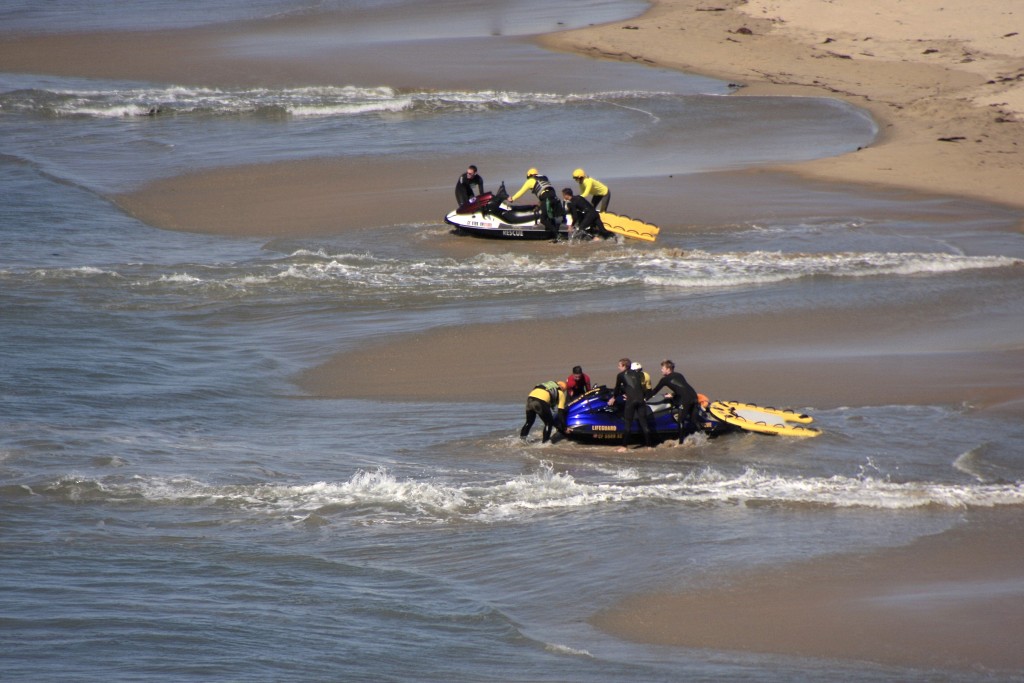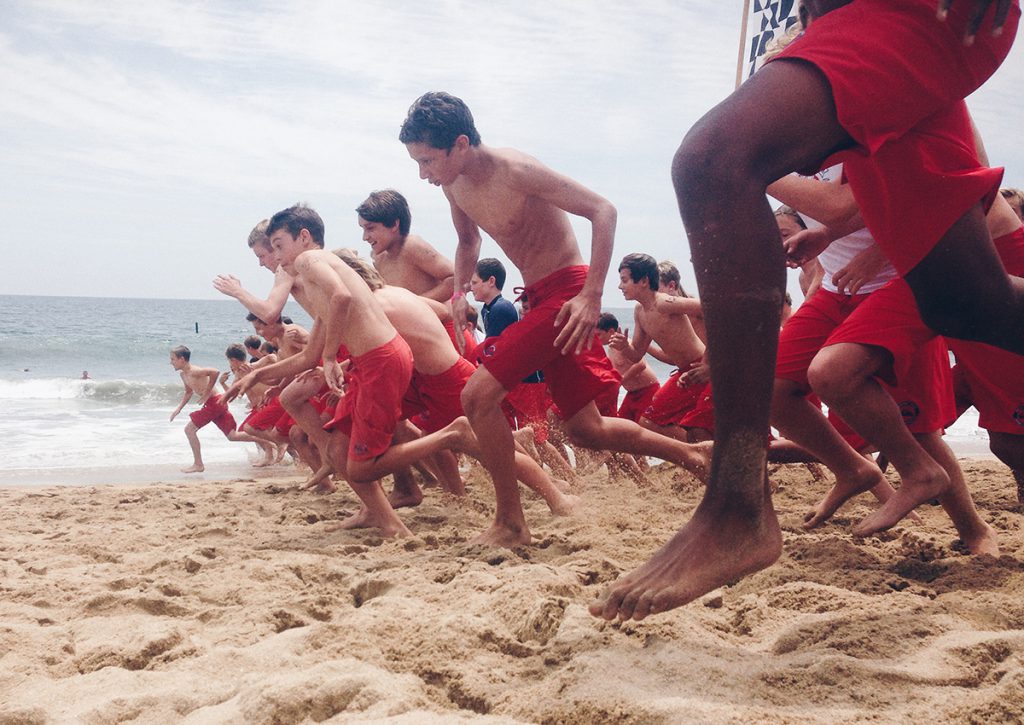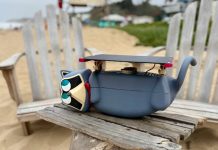
America’s coastline measures 95,471 miles, give or take a few yards.
Of that total, 6.2 iconic miles (give or take a few feet) belong to the city of Newport Beach.
Not counting Newport’s many attractions, from shopping to dining to the arts, it is the Pacific that draws upwards of 10 million visitors annually to the city’s well-maintained sands and enticing surf.
Any ocean, be it calm or roiling, has its inherent, often unseen or unappreciated dangers — from undertows to freak waves, from jelly fish and stingrays to broken bottles buried in the sand.
In the joys of picnics, body surfing, frisbee toss, family reunions and more, perhaps some imbibing, the thoughts of water safety too often seem to be submerged in the minds of many.
Fortunately, Newport enjoys a nationally recognized lifeguard service comprising 15 full-time lifeguards, apprised Assistant Chief of Lifeguard Operations, Brian O’Rourke, who started as an ocean lifeguard in the city 35 years ago.
As the crowds increase starting at Spring Break and grow throughout the summer months, the numbers of lifeguards increase substantially, O’Rourke said.
“We currently have 189 part-time seasonal ocean lifeguards, and we hire between 15 and 25 new guards each year. Currently, there are 19 women and 170 men, ranging in age from 16 to 55.”

Last year’s statistics show just how busy Newport’s ocean lifeguards were: There were 2,182 rescues; nearly 79 thousand preventative actions; 3,367 rescue vessel calls; 66,611 public assists and contacts; 2,045 medical responses and 4,099 animal related calls and warnings.
One doesn’t become a lifeguard merely by throwing on red trunks or bathing suit, and slathering on sunscreen. All must certify in swimming, ocean rescue skills, first aid and CPR.
The seasonal staff undergo a stringent recertification process. Additionally, there is annual training in vehicle operations, rescue vessel operations, dispatch and Junior Lifeguard instruction. More in-depth training includes scuba diving, rescue vessel operation and supervisory training.
Boat handlers require up to 800 additional hours of training, understandable when one watches the tricky maneuverings required to position the powerful yellow rescue craft just beyond the surf line, then hold it in place while a rescue diver retrieves a panicked victim.
“Some days, you may not make one rescue, and other days when you could make between one and 50,” O’Rourke shared. “When I was younger, I had one day when we made almost 100 rescues.”
Not only do lifeguards need extraordinary swimming skills, they must also be competent runners. With most lifeguard towers situated between two and four city blocks apart, “our lifeguards often have to run long distances to warn people or respond to a rescue,” the Assistant Chief said.
On hot summer weekends or on holidays, it’s not uncommon to exceed 100,000 beachgoers jamming the sands.
Most rescues take place in West Newport. When a south swell slams ashore, “We are very busy from 36th Street to the Santa Ana River. Newport Point is another area where we get many rescues. Both areas have large waves that generate huge rip currents,” O”Rourke said.
If caught in a rip current, swimmers must avoid both panicking or futilely fighting the rip— a tough challenge for less competent swimmers or those unaccustomed to ocean forces.
If a swimmer can’t keep their feet on the bottom, lifeguards recommend treading water or floating, waving your arms to get attention, while letting the rip tide carry you out to where the force recedes, then swimming parallel to the shore beyond the tide, at which point one can swim back to the beach.
Perhaps easier said than done.
Most of Newport’s seasonal lifeguards are locals who gained early swimming skills, respect for the ocean and a desire to help people and save lives in the city’s very popular, seven-week-long Junior Lifeguard Program, where last year a record 1,630 kids participated.
“Importantly, the program provides knowledge, swimming skills and experience of the ocean. Knowing how to swim is where ocean safety starts,” O’Rourke emphasized.
To inquire about or to sign up for the Junior Lifeguard Program, go online to newportjg@nbfd.net, or call 949-644-3170.
Of course, there’s an important question one should always consider when planning to visit Newport’s beaches, especially on those very crowded weekends: Will we get there early enough to find a parking spot?




